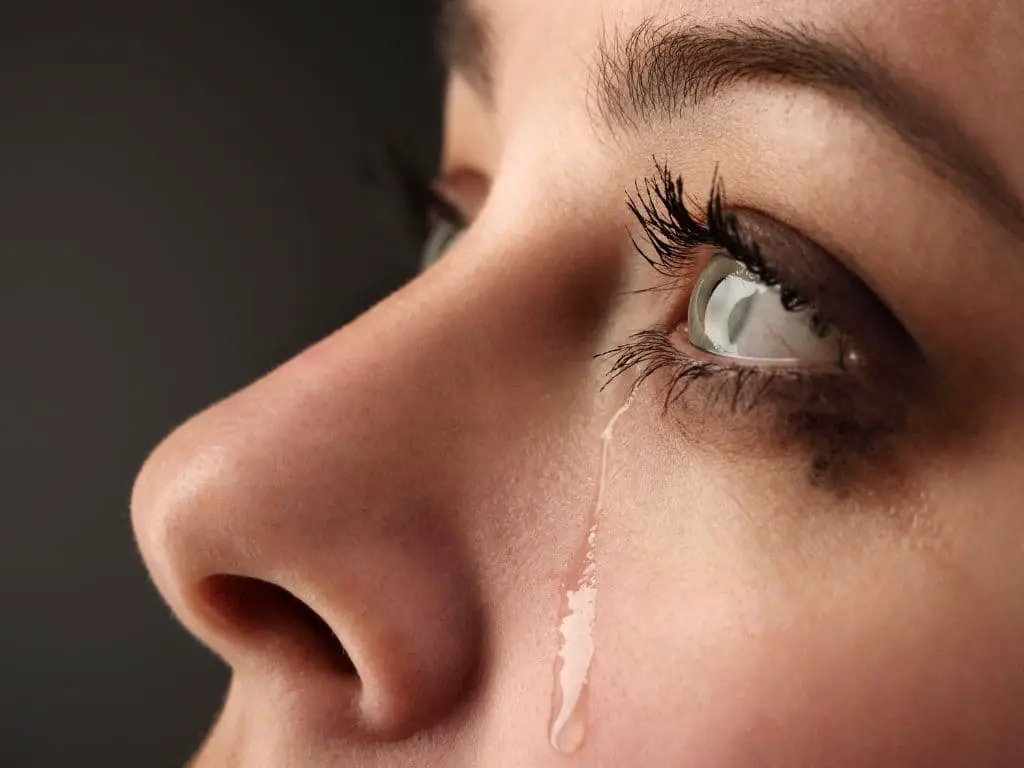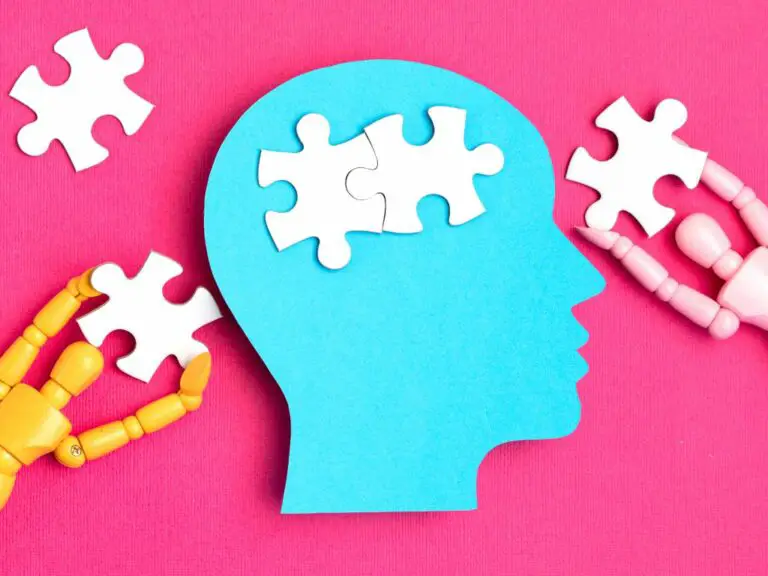Does Crying Relieve Stress?
Crying is a uniquely human behavior that has intrigued scholars and scientists for centuries. But does shedding tears actually help relieve stress and promote wellbeing?
Crying has been scientifically demonstrated to relieve stress in humans. It serves as a natural response to stress, helping to eliminate excess cortisol and other stress-related hormones from the body, while the release of emotional tears stimulates the parasympathetic nervous system, resulting in a reduced heart rate and blood pressure.
In addition to physiological stress relief, crying can also aid mental wellbeing by releasing negative emotions, triggering social support, enhancing mood, and improving resilience against future stressors.

What Is Crying and Why Do We Do It?
Crying is the shedding of tears, usually accompanied by facial expressions of sadness, pain, or grief. It’s different from weeping, which doesn’t involve tears.
Humans cry for many reasons:
- In response to emotions like sadness, anger, or joy
- As a means of communicating distress or eliciting comfort from others
- To lubricate and protect the eyes
- As a physiological response to pain or irritation
Crying is controlled by parts of the brain like the limbic system and hypothalamus. Certain neurotransmitters are involved too.
Types of Tears
There are three major types of tears:
- Basal tears: Constantly produced to keep the eyes lubricated
- Reflex tears: Generated as a protection when the eyes are irritated by things like smoke or onions
- Emotional tears: Triggered by strong feelings and distress
Emotional tears contain more biological substances like the stress hormone cortisol and natural painkillers called endorphins. This suggests a purpose beyond eye lubrication.
The Science Behind Crying and Stress
Crying is a natural response to stress. When we’re under pressure, our bodies produce cortisol and adrenaline. Crying helps remove these hormones and excess chemicals from the body, lowering stress.
Tears also contain leucine enkephalin, which reduces pain and improves mood. Emotional crying stimulates the parasympathetic nervous system, slowing down heart rate and blood pressure. This calms us down.
So shedding emotional tears quite literally helps the body decompress from stress.
The Mental Health Benefits of Crying
Crying doesn’t just reduce physical symptoms of stress. It also promotes mental wellbeing.
Releases Negative Emotions
Having a good cry during stressful times can help “get it all out”, allowing us to acknowledge and express difficult emotions. Bottling them up tends to worsen mood.
Research shows crying helps reduce anger and frustration. Letting these feelings out in a healthy way minimizes the chances they’ll be directed inward or at others.
Triggers Social Support
Crying alerts others that we’re in distress and need support. Tears essentially act as a signal for help.
Seeing someone cry tends to elicit empathy and desire to provide aid from friends, family, and even strangers. So crying can summon external social support to help manage stress.
Boosts Mood and Relieves Depression
By weeping out negative feelings, crying purges the brain of chemicals and hormones linked to stress, anxiety, and sadness. This improves mood.
Studies show crying can lessen depressive symptoms and help people “feel better” after crying. This mood-enhancing effect can last up to an hour.
Enhances Resilience
Crying doesn’t make people weak. In fact, shedding tears makes individuals more resilient against future stressors.
Emotional crying helps build grit and fortitude to handle adversity down the line. Those who cry easily tend to be less prone to anxiety and handle stress better.
The Risks of Repressing Emotions
Trying to restrain yourself from crying has downsides. Suppressed emotions may manifest in harmful ways:
- Worsened anxiety, depression, and irritability
- Physical effects like headaches, fatigue, and gastrointestinal issues
- Outbursts of anger or aggression
- Adverse coping methods like alcohol abuse
Overall, repressing the urge to cry negatively impacts physical and mental health. It’s unhealthy.
How to Cry in a Healthy Way
Our social and cultural norms tend to dictate who, when, and where we can cry. However, shedding tears is a natural human experience that should be normalized. Here’s how to have a beneficial cry:
Choose an Appropriate Time and Place
If possible, pick a private, quiet spot to cry, so you can let it all out without distractions or feeling self-conscious. However, don’t force yourself to bottle up if you need to cry in public – find somewhere discreet if you can.
Give yourself permission to cry when you feel the urge, rather than trying to hold it in for later. But avoid crying excessively when it might impact work or socializing.
Embrace It and Let It Flow Naturally
When the tears come, let them. Don’t fight them or worry about how you look. Allow your body and mind to experience the crying fully. The benefits come from riding the wave of emotions.
Use breathing techniques to enhance crying’s calming effects. Inhale deep into your belly as you cry, then exhale slowly.
Don’t Judge or Criticize Yourself
Avoid feelings of guilt or shame for crying. Remind yourself it’s absolutely okay to express emotions this way – it’s healthy, natural, and human. No one should make you feel weak or embarrassed for showing vulnerability.
Seek Support If Needed
Turn to trusted friends or family if you need consolation after an intense cry. Talk to a counselor if underlying emotions like grief or trauma surface. This ensures the crying will help you feel better in the long run.
The Takeaway
Science confirms that emotional crying is beneficial for stress relief and mental health. Shedding tears helps purge pent-up feelings and hormones, while promoting mood enhancement and resilience.
Allowing yourself to cry naturally in response to emotions and stressors can be extremely cathartic. Just be sure to avoid bottling up tears and repressing the urge to cry when necessary.
With greater understanding of the science behind tears, hopefully we can destigmatize crying and create environments where people feel comfortable expressing emotions in this way.
Conclusion
Crying is a uniquely human behavior that serves many purposes. Science shows us that emotional tears help relieve stress by literally flushing out excess cortisol, adrenaline and other chemicals linked to anxiety and sadness.
Letting tears flow when distressed or overwhelmed can provide cathartic release of negative emotions, boost mood, summon needed social support, and build resilience against future adversity.
However, some key takeaways are:
- Avoid bottling up when you need to cry
- Pick appropriate times and places to let go
- Embrace the process and ride the wave of emotions
- Don’t judge or criticize yourself for crying
- Seek help if underlying issues arise
By crying in a healthy manner when needed, we can harness this primal human experience for reduced anxiety and improved wellbeing.






